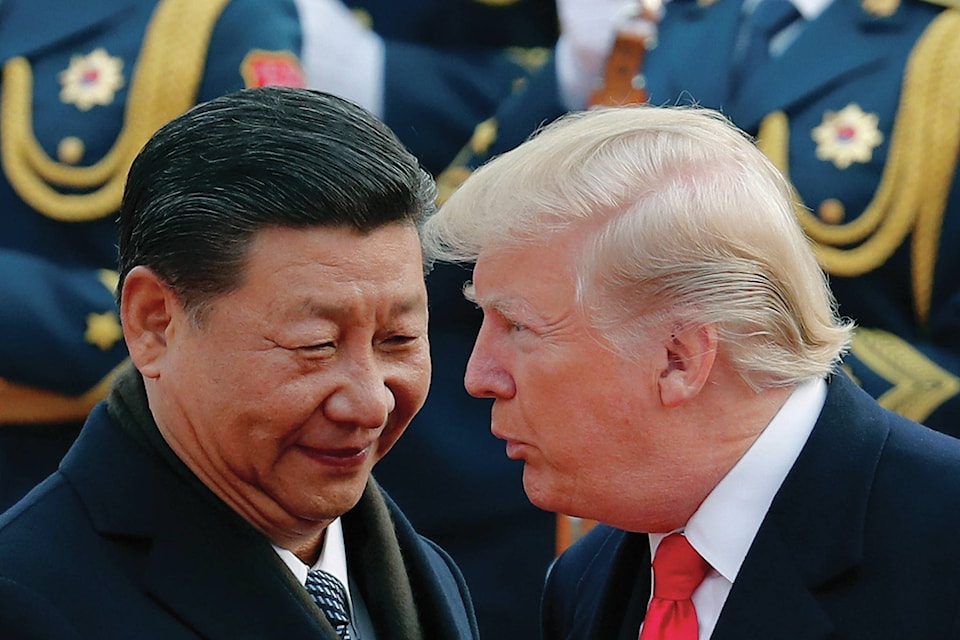WASHINGTON — For many Americans, U.S. President Donald Trump’s trade war may soon get very real.
His administration is preparing to extend 25% tariffs to practically all Chinese imports not already hit with duties, including toys, sneakers, shirts, alarm clocks, toasters and coffeemakers. That’s roughly $300 billion worth of products on top of the $250 billion targeted earlier.
“The administration’s decision to announce a tax on every product coming from China puts America’s entire economy at risk,” the Retail Industry Leaders Association said in a statement. “Americans’ entire shopping cart will get more expensive.”
Trump’s tariffs are meant to put pressure on China in trade negotiations. The two countries have held 11 rounds of talks over American allegations that China steals technology, forces foreign companies to hand over trade secrets and unfairly subsidizes its own companies in a push to challenge U.S. technological dominance.
The Office of the U.S. Trade Representative on Monday published a list of 3,805 products that could be hit for the first time with 25% tariffs. The list includes things like tuna, pacifiers, saw blades, flashlights, door chimes, billiard balls and golf carts. It excludes pharmaceuticals and rare-earth minerals used in electronics and batteries.
The agency will take public comments and hold a hearing on the proposed tariffs June 17.
In its earlier rounds of tariffs on Chinese products, the administration tried to limit the effect on American consumers by focusing on so-called intermediate goods — imported components that U.S. companies use to make finished products.
That is about to change. Companies are already bracing for the fallout.
E-Blox, an educational toy company in Buffalo Grove, Illinois, imports toys from China and assembles and packages them in the U.S.
“We are keeping a close eye on this next round,” said E-Blox Chief Operating Officer Joe Seymour. “That would be devastating.”
If he tries to pass along the higher costs from the new tariff on toys to customers, he said, he will lose sales. And the company’s profit margins aren’t big enough for it to simply absorb the tariffs, he said.
Could E-Blox move manufacturing back to the U.S. — as Trump has suggested — to dodge the taxes on imports? Seymour said that would be hard because the Trump administration has slapped import taxes on the Chinese plastic injection moulding machines he would need to produce toys in this country.
China, for its part, has punched back by imposing tariffs on $110 billion in U.S. products.
Trump on Tuesday shrugged off the tariff war. “We’re having a little squabble with China,” he said at the White House.
Some U.S. importers might try to switch to suppliers outside China, in countries like Vietnam and Indonesia. But the transition won’t be easy. Costs could rise and quality slip as new suppliers replace experienced Chinese contractors.
“For crying out loud, unemployment is 3.6%. Who is going to want to paint the eyeballs onto a Marvel action figure or Barbie doll here?” Jay Foreman, CEO of Basic Fun!, a toy company in Boca Raton, Florida, that imports from China. “It’s just not going to happen.”
